The Inner Lining of Cigarette Boxes: The Story Behind a Small Detail
The inner lining of a cigarette box, a seemingly insignificant detail, actually serves multiple important functions. It directly impacts the quality of the cigarette, the consumer experience, and even product safety. As an essential part of cigarette packaging, its purpose goes beyond aesthetics—it plays a crucial role in protecting the product and maintaining the freshness of the cigarettes. Today, let’s explore the multiple meanings behind this small but important feature.
1. Maintaining Freshness and Dryness of Cigarettes
The quality of cigarettes largely depends on how they are stored. Cigarettes contain a certain amount of moisture in the tobacco leaves. Excessive humidity can lead to mold growth or cause the cigarettes to become damp, negatively affecting their taste. On the other hand, low humidity can dry out the cigarettes, making them burn unevenly and impacting the smoking experience. The inner lining of a cigarette box, often made from special paper or foil materials, effectively prevents moisture from the outside world, helping to maintain the cigarettes’ dryness.
Many premium cigarette brands also incorporate micro-perforations in their inner lining design, helping to regulate the humidity inside the box, further extending the freshness of the cigarettes. In this way, consumers can experience a smoking experience that closely resembles the original quality when opening the box.
2. Protecting Cigarettes from External Contaminants
During the manufacturing process, cigarettes may come into contact with air, dust, oils, and other external pollutants, all of which can affect the quality and flavor of the cigarettes. One of the key functions of the inner lining is to prevent these contaminants from directly affecting the cigarettes. The inner lining creates a barrier, effectively isolating the product from external pollutants and ensuring that the cigarettes remain clean during storage and transport.
This protective function is especially important in environments with high humidity or dirt, as the inner lining helps keep the cigarettes pristine, preserving both their flavor and quality.
3. Preventing Damage to the Shape of the Cigarettes
Cigarettes themselves are relatively fragile and can easily become deformed or broken during packaging and transport. The inner lining of the cigarette box not only provides physical protection but also helps to cushion the impact of external pressure and collisions. By wrapping the cigarettes, the inner lining ensures they maintain their shape and prevents breakage, ensuring that consumers enjoy an ideal smoking experience when they open the box.
4. Enhancing Brand Image and Differentiation
The material and design of the cigarette box inner lining can also be an important part of a brand’s differentiation. Different cigarette brands may use varying materials and designs for their inner linings, helping to create a distinct identity for the brand. Premium brands often choose higher-quality and more refined inner linings to reflect their commitment to superior quality and to emphasize their high-end positioning. This attention to detail not only enhances the consumer experience but also subtly communicates the brand’s values.
5. Environmental Impact and Sustainability
As environmental awareness grows, more and more cigarette brands are paying attention to the sustainability of their inner linings. Traditional inner linings often use aluminum foil, plastic, or other synthetic materials, which are not biodegradable and can pose environmental challenges. However, advancements in technology have enabled some brands to begin using biodegradable materials or eco-friendly paper in their inner linings, reducing the environmental impact of cigarette packaging. In the future, the environmental friendliness of cigarette inner linings is likely to become an important measure of a brand’s social responsibility.
6. Compliance with Regulations and Health Warnings
In addition to practical functions, the inner lining of cigarette boxes also plays a role in meeting regulatory requirements. Many countries and regions have strict packaging regulations that govern not only the external health warnings on cigarette packs but also the mandatory health messages that must appear on the inner lining of cigarette boxes. Even though the inner lining is inside the box, its role is significant, and its design must consider how to comply with these legal requirements to ensure the product circulates within legal frameworks.
Conclusion
The inner lining of a cigarette box may seem like a small component of cigarette packaging, but it plays a crucial role in preserving the product, protecting it during transportation, and enhancing the brand image. As consumers become more focused on product quality and environmental responsibility, the design and materials of cigarette inner linings are likely to see continuous innovation and improvement. We believe that, in the future, every detail of cigarette packaging will be refined and enhanced, driven by technological progress and market demand.




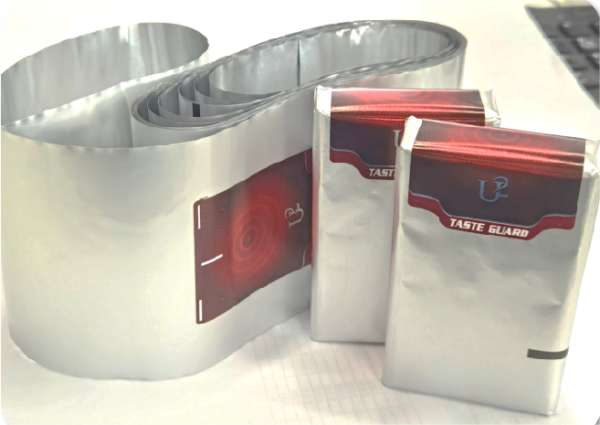
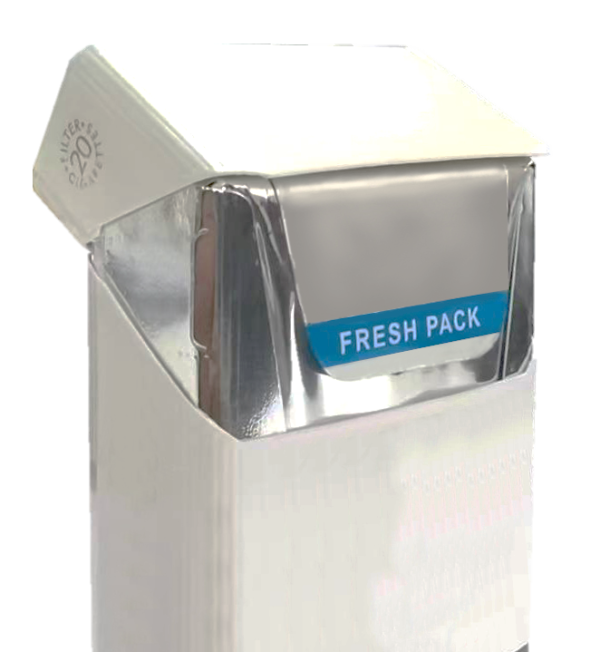
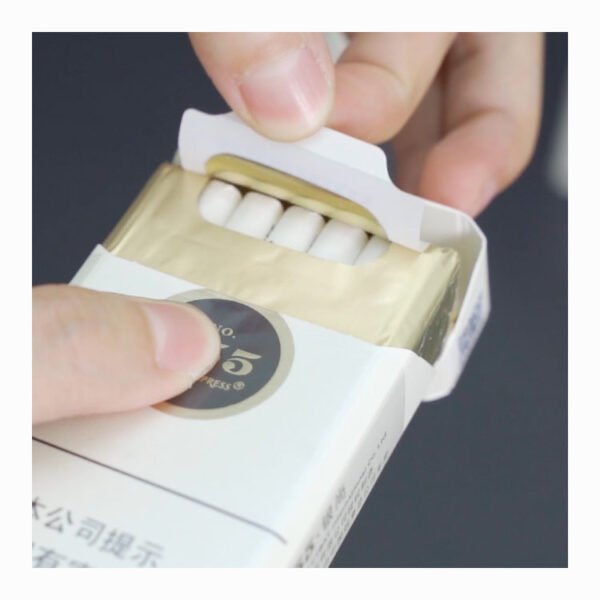
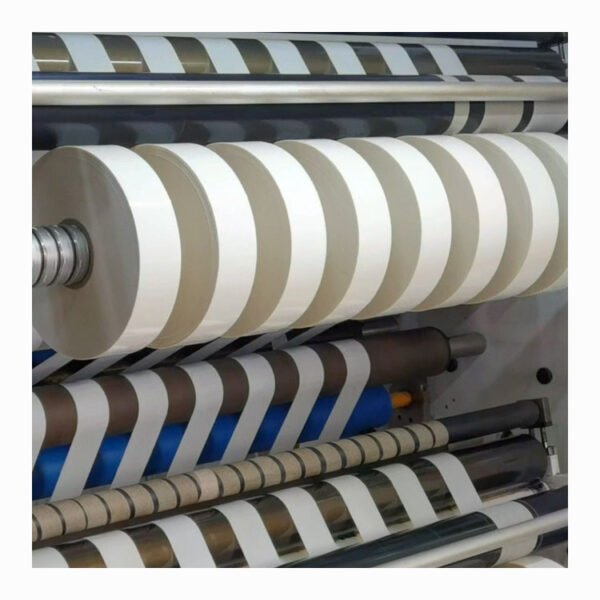







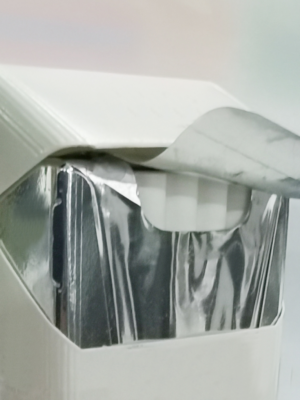

Reviews
There are no reviews yet.